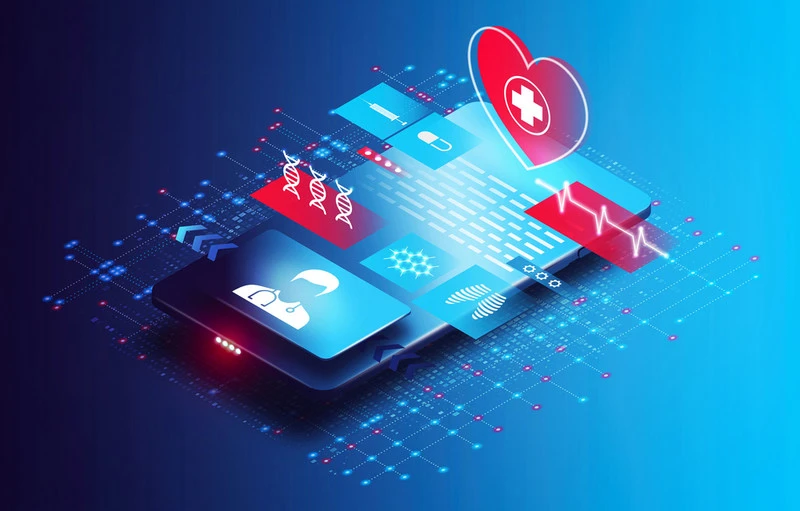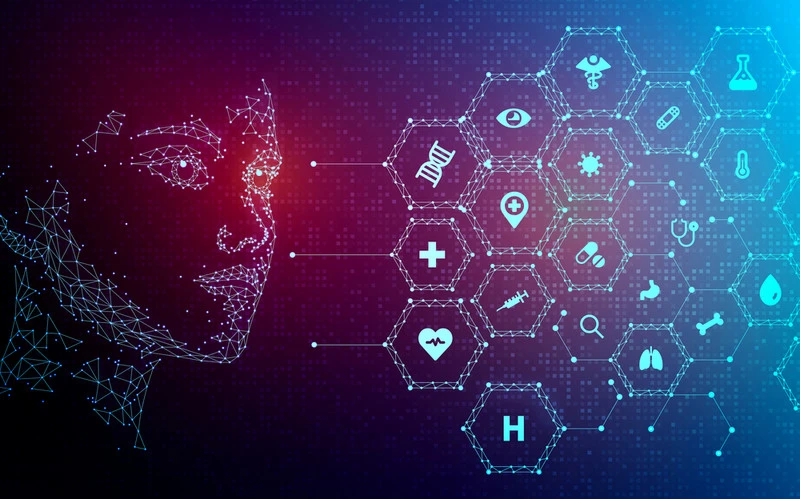Backed by some of today’s biggest names in tech, RPM - Remote Patient Monitoring - is changing the...
Backed by some of today’s biggest names in tech, RPM - Remote Patient Monitoring - is changing the healthcare industry. It is revolutionizing the way professionals approach treatment options and chronic disease management. Primed with all manner of benefits, including efficient disease management, care plan adjustment, reduced cost, and reduced hospitalization, RPM is currently one of the most valuable types of equipment in a facility’s toolbox.
In this article, we’re going to dive deep into the way this innovative trend is transforming the way healthcare professionals deal with chronic disease management by way of remote patient monitoring applications, including the capabilities of this life-changing technology.
What is chronic disease management?
Chronic diseases are defined broadly as conditions that last one year or more and require ongoing medical attention or limit activities of daily living or both. There may not always be a cure, in fact these diseases are usually long-term, or they can be lifelong. Approximately 133 million Americans, more than 40%, suffer from these generally incurable or ongoing diseases — that number is expected to grow, in the next coming years, to 157 million. In most cases, 81 million of them according to the CDC and the National Heart Council, individuals suffer from multiple conditions at once.
Examples of chronic diseases include diabetes, asthma, cancer, and arthritis.
The management of chronic diseases can be challenging because they require constant care and attention to ensure that the symptoms do not get worse. Chronic disease management includes:
1) taking medications as prescribed to manage symptoms.
2) monitoring the patient's progress through regular check-ups with their doctor.
3) making lifestyle changes to reduce the risk of complications.
4) following a treatment plan set by their doctor.
Most of these conditions, to a degree, can be managed at home thanks to today’s tech advances. Thanks to RPM devices. Remote patient management or RPM is a process of providing health care to patients who are not in the same location as the health care provider. This type of healthcare is typically used for patients who are too ill to travel or those with chronic diseases that require more than one check-up per year. It has been found to be more cost-effective than traditional in-person care.

Some, like early-stage cancer, can leverage these types of devices to avoid constant hospitalization — and alert doctors of a “red-flag” event.
Currently, clinics can employ state-of-the-art RPM devices to supervise the process of a chronic condition. Among the chronic diseases that can be managed remotely we can find:
-Asthma
-Diabetes
-Chronic obstructive pulmonary disease (COPD)
-Hypertension
The challenges of remote chronic disease management.
Remote chronic disease management is a process of managing chronic diseases in a person who is not physically present. A person with a chronic disease may be able to manage their condition via various devices and services, for example, telehealth. These in turn can help them maintain their independence and quality of life.
However, there are some challenges with remote chronic disease management. The lack of physician-patient in-person interaction can have an impact on the physician’s understanding of the patient’s current symptoms or progress in real-time.
Benefits of remote patient monitoring for chronic disease management
There are dozens of benefits when employing RPM for chronic disease management. Remote patient monitoring is a technology that allows healthcare providers to remotely monitor patients with chronic diseases, such as diabetes, asthma, and heart disease.
Reduce admission rates
By employing RPM devices, hospitals and clinics can reduce readmission rates.
Cost-effective
A study found that RPM is more cost-effective than traditional in-person care. How much? RPM can save up to $5 million in costs over 3 years.
Better Care Plans
By reducing the cost of healthcare, insurance companies and actuaries can customize plans to a person’s unique bio makeup. Along with subsidies, like the Affordable Care Act, RPM can help patients by bringing down their premiums, and allowing new customers access to healthcare services.
Personalized care
RPM, if used properly with software and AI, can in fact create a bio-profile unique to each case. This means that doctors can modify plans and treatment options according to personal habits and other unique key metrics.

Capabilities of remote patient monitoring for chronic disease management
Remote patient monitoring for chronic disease management is a way to monitor patients at home. It is used to manage chronic diseases such as diabetes, asthma, and epilepsy. The advantages of this tool are that it can be employed to monitor patients from a distance and it can be used in conjunction with other treatments because it does not require the patient to physically visit the doctor’s office.
The disadvantages of remote patient monitoring are that patients may become less compliant with their treatment regimen because they don't have regular contact with their doctors and they may not follow up on their symptoms as quickly if they're not aware of them until they're more severe.
RPM devices are widespread right now — to the degree that even smartphones come equipped with RPM software that consumers can use. A survey conducted after the 2020 pandemic showed that 23 million U.S. patients employ RPM devices and services. 98 out of 100 physicians, that same survey showed, prefer seeing patients via video or telephone. And, 9 out of 10 healthcare providers are aggressively investing in the technology. Why? Because of its capabilities.
- Patients can examine and take ownership of their health,
- Improved compliance rates.
- Faster access to healthcare services.
- Data collection can be leveraged to improve care and plans.
- Detailed personalized health information.
- Improved patient outcome.
Chronic care remote patient monitoring — why employ it?
Today, one of the most appealing aspects of RPM is that the service is covered by a wide variety of insurers and reimbursements. This is one of the driving forces for its upward trend and adoption rate. Remote patient monitoring is a game-changing technique that helps healthcare professionals to monitor patients who are not in the hospital — allowing them to provide better service while reducing cost, improving outcomes, and getting key data on each patient.